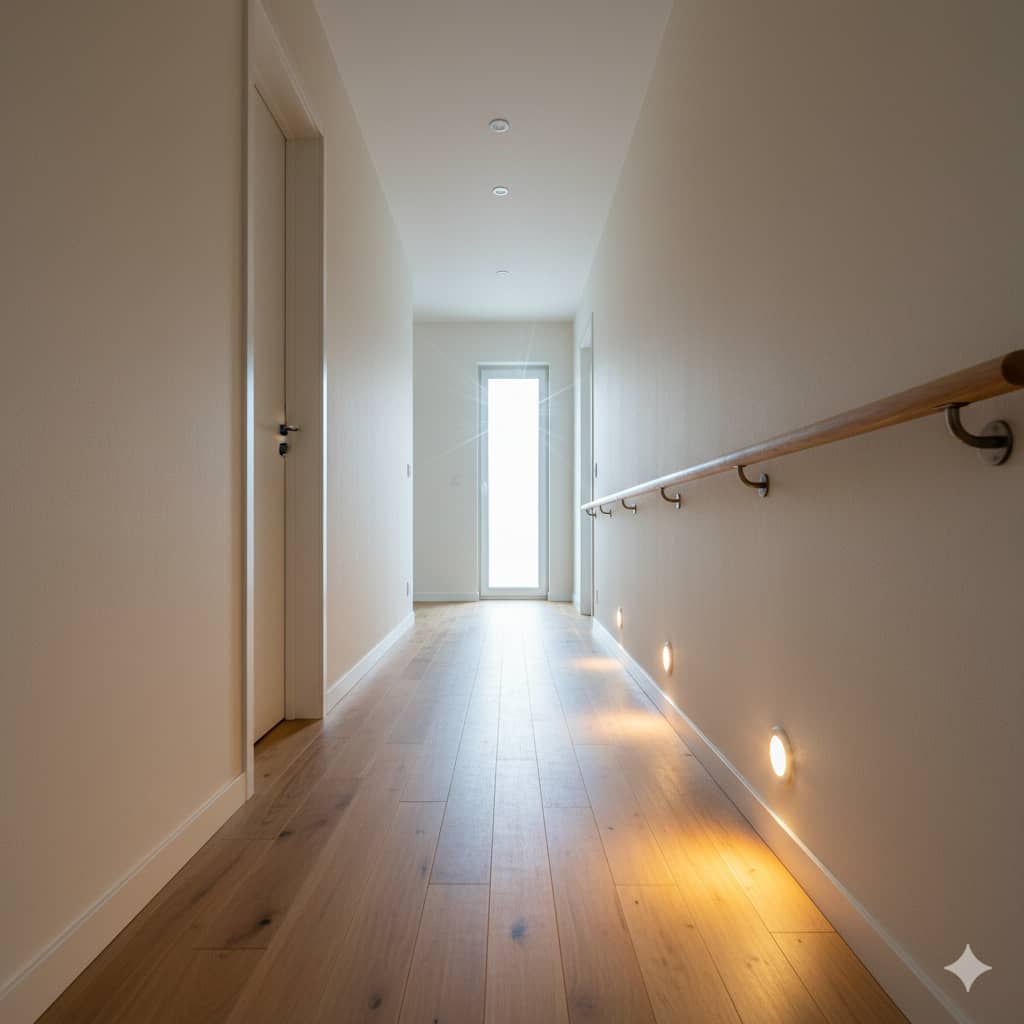Patient safety is more than a checklist; it is a living culture. From the structured environment of a nursing home to the intimate space of a family home, this is my reflection on building an ecosystem where safety is the foundation, not an afterthought. I will never forget the sound. It was a soft thud, followed by a silence that was somehow louder and more terrifying than any scream. It was the sound of my grandmother falling in her own home, the home where she had raised her children and cooked a thousand meals. In that moment, every rug, every step, every piece of furniture she had cherished for decades transformed into a potential hazard. We had been reactive, installing grab bars after a previous stumble, but we had failed to be proactive. We had not woven safety into the very fabric of her daily life. That incident, and my subsequent experience working in a nursing home, taught me a profound lesson: patient safety is not a policy manual or a list of rules. It is a culture. It is a shared belief, from the executive director to the family caregiver, that every single process, interaction, and environment must be designed with well-being as its core principle.
In a nursing home, a culture of safety is a visible, operational heartbeat. It is a commitment to systems that prevent harm before it can occur. I learned this not in a boardroom, but on the floor, watching a veteran certified nursing assistant. She did not just help a resident transfer from bed to chair; she followed a meticulous protocol, checking the brakes on the wheelchair, using a gait belt, and communicating each step clearly. This was not just a technique; it was a ritual of respect and safety, reinforced by ongoing training and a non-punitive environment where staff felt empowered to report near-misses without fear of blame. We held daily safety huddles where everyone, nurses, aides, housekeepers, shared concerns. A housekeeper might note a freshly mopped and slippery floor, prompting a nurse to reroute a resident’s walk. This collective vigilance creates a net of safety. Medication management is another pillar. It moves far beyond simply passing pills at the right time. It involves double-checking high-alert medications, understanding potential interactions, and diligently monitoring for side effects. The culture ensures that a single error is caught by a system designed with redundancy and clarity, protecting both the resident and the staff from a tragic mistake.
However, the challenge of cultivating this culture does not disappear when care moves from an institution to a private home; it simply transforms. The nursing home has policies and committees; the home has family dynamics and routines. At home, the culture of safety is intimate, personal, and often rests on the shoulders of family members who may be exhausted, emotionally drained, and untrained. My family’s journey after my grandmother’s fall was our own attempt to build this culture from scratch. We started with the physical environment, a process known as fall-proofing. We removed loose rugs, installed night lights along the path from her bedroom to the bathroom, and ensured frequently used items were within easy reach. This was our version of environmental safety, our equivalent to the nursing home’s hazard-free corridors.

But the physical space was only half the battle. The other, more complex half was creating a communication and procedural culture within our family. We established a shared digital calendar to track medication times, doctor’s appointments, and even notes about her mood and appetite. This prevented the dangerous assumption that “someone else” had given her the morning dose. We learned to communicate openly with her home health aides, creating a partnership rather than a transactional relationship. We encouraged them to speak up if they noticed a change in her condition or a potential hazard we had overlooked. This was our version of a non-punitive reporting system. Perhaps the most critical element was learning to see the world from her perspective. We realized that rushing her increased her anxiety and her risk of falling. We learned that dehydration could lead to confusion and dizziness. Our culture of safety had to be empathetic, anticipating needs rather than just reacting to crises.
Ultimately, whether in a facility with hundreds of employees or a private home with a single caregiver, a true culture of safety is rooted in a fundamental mindset. It is a shift from asking “What went wrong?” to constantly asking “What could go wrong?” It is about moving from a place of blame to a place of shared responsibility. In the nursing home, it meant viewing every employee as a guardian of safety. In my home, it meant viewing every family member, every visitor, and every hired helper as part of the same essential team. My grandmother’s fall was a devastating lesson, but it was also our catalyst. It forced us to stop seeing safety as a series of isolated tasks, giving medication, helping her bathe and to start seeing it as the very atmosphere we needed to create. It is the quiet understanding that safety is not a destination you arrive at, but a continuous, conscious, and caring practice. It is the unwavering commitment to weaving a net of well-being so strong that even when someone stumbles, they are held, they are protected, and they are safe.
References
Li, Y., Temkin-Greener, H., Shan, G., & Cai, X. (2019). Perceived patient safety culture in nursing homes associated with quality indicators. *BMJ Quality & Safety*, 28(8), 643-650. https://pmc.ncbi.nlm.nih.gov/articles/PMC6625881/
Lousada, L. M., Michels, N. R., de Sousa Tavares, C. R., & da Silva, E. M. K. (2020). Patient safety culture in primary and home care services. *International Journal of Environmental Research and Public Health, 17*(18), 6798. https://pmc.ncbi.nlm.nih.gov/articles/PMC7488772/
Bonner, A. F., Castle, N. G., & Wagner, L. M. (2008). Patient safety culture: A review of the nursing home literature and recommendations for practice. *Journal of Applied Gerontology, 27*(5), 746-770. https://pmc.ncbi.nlm.nih.gov/articles/PMC3119574
Oliveira, P. C., & Silva, M. J. P. da. (2020). Patient safety culture in home care service: Perceptions of health professionals. *Revista da Escola de Enfermagem da USP, 54*, e03671. https://www.scielo.br/j/reeusp/a/wHT6Fyrc6kCR6TQR8rwkC4n
Khorasgani, A. E., Ghanbari, H., & Haruno, M. (2024). Patient safety culture in home healthcare centres: A scoping review. *International Journal of Nursing Studies Advances, 6*, 100082. https://pmc.ncbi.nlm.nih.gov/articles/PMC11381718

